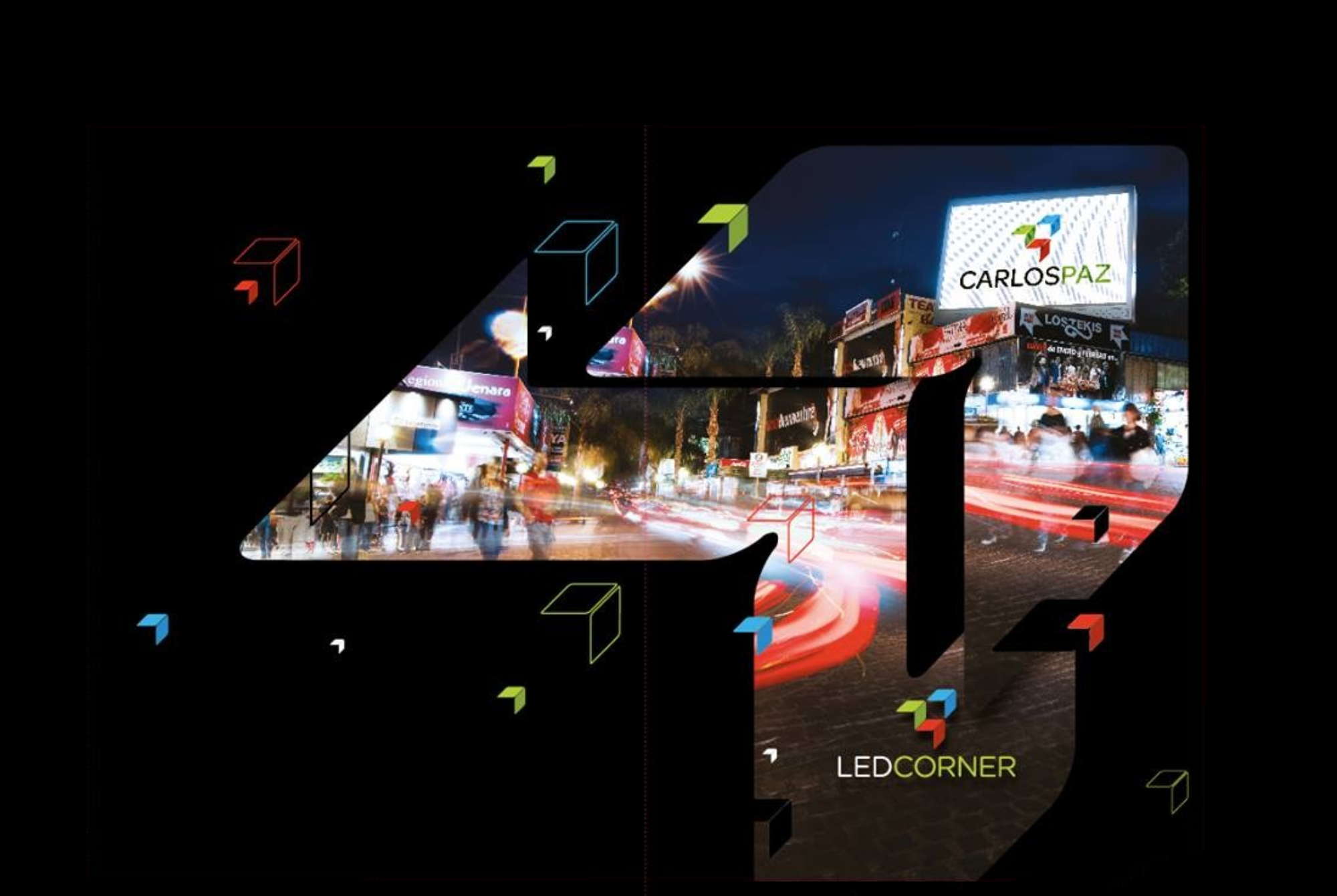Other filters like veg only, promotional offers, serving alcohol, open now etc can be added in subsequent iterations. In the first iteration, we can build the basic filters like filter by locality/area and filter by cuisine. As a user, I should be able to order food online so that I can enjoy the food from my favourite restaurant without going there.
Becoming a flow-based organization Research & insight – Capgemini
Becoming a flow-based organization Research & insight.
Posted: Wed, 26 Apr 2023 14:32:16 GMT [source]
An increment, added to others developed previously, forms a growing partial system, which should also be tested. As a user, I should be able to book appointments online without physically visiting there. While both essentially represent two approaches to a similar end goal, there are some key differences between GraphQL and Falcor … Having a change management policy can minimize risk when it comes to making changes. Ana Sousa, UX-UI designer at Codurance, gives us an overview of Lean User Experience, the methodology, its main characteristics and challenges. After the presentation, the participants of the meetup took part in a kata to practice what they had learned.
What Is the Difference Between Iterative vs Incremental Development?
The whole idea is to deliver a “working” version of a feature to the users so we can get feedback early in the process. Compare that with having to build a fully functional feature for few months, only to find out that what has been built doesn’t meet the users’ needs. It’s about delivering value as quickly as possible and building on each delivery.
- Incremental software development is a method of development in which the product is developed in small, successive parts called increments.
- Software development project, the team has to select the appropriate development method.
- Also, the team includes a function of adding pictures to increase the genuineness of reviews.
- It may be difficult to decide an end date for the project because of repetitive iterations.
- Iterative software development is different from traditional methods as you don’t stick to one design or idea through the development process.
- Iterative development is all about simplifying software development processes by breaking them down into smaller chunks.
To better illustrate the differences between iterative and incremental, let’s consider building a dating website iteratively but not incrementally. To do this, the team would build a little of every part of the https://globalcloudteam.com/glossary/incremental-development-model/ site—profile management, searching, ads, etc. So, ideally, we want to have a combination of both incremental and iterative approaches. During an iteration, we would add every new feature in an incremental way.
The Disadvantages of Incremental Development
Iterative and incremental development is based on rapid and continuous deliveries of real value to users. It is essential that each member of the team is involved in the conception of the project and that a clear and unified vision of the actions to be carried out and the objectives is generated. The deliveries should not be independent according to work areas, but vertical slices deliveries that make sense to the user and that he/she can start using from the first one.
The requirements are established at the beginning, and the product is provided once for all after its completion. To sum up, iterative development is a software development life cycle model which works through small iterations and phases. This approach is taken to ensure efficiency of the team and processes and the quality of the software.
Iterative incremental Development Models
Critics have pointed out that the weaknesses of this analog is that the product is not consistent, that a skateboard is not part of the same industry as a car. Additionally, the example is not exactly realistic (although it is much more realistic than a mile-long peanut butter and jelly sandwich). Here are five examples that attempt to illustrate the concept of iterative, incremental delivery in a single image.
Each team member may have a different vision of how to carry out the project or what course of action is best. First, it saves them a lot of time in the long run, as teams are able to test more frequently and iterate on their work before investing https://globalcloudteam.com/ in coding more of something that isn’t ultimately going to work. The strengths of this example are that it is easily understandable and really “drives” home the idea that the product the team delivers must be completely done and usable.
How to Choose a Staff Augmentation Company
The results showed some system specification, functional specification of system and design specifications that can be used in implementing the VCIS using the IID model. Incremental software development is a method of development in which the product is developed in small, successive parts called increments. Each of these standalone parts goes through the design, functional requirements, execution, and testing cycle. This way, every successive release adds functionality to the prior release until all specified functionality is implemented. The final product can only be delivered at the final stage of the incremental process. Developing and delivering Product Increments in Sprints would have many benefits as it allows the developers to get feedback from the users and correct them in the next Sprint.

In fact, iterative and incremental methods work well together toward the same result in agile development. Their characteristics complement each other to enhance the entire process. An incremental development process works on the basis that work is sliced into pieces . So, fully functioning modules of functionality are built up over time, with each adding to what has already been produced. Iterative development is the process of repeating and refining a cycle/way of working . The iterative model is often more effective at lowering time to value in the development process.
Iterative Incremental Model – Weaknesses
Doing so allows your team to present a working product before making adjustments to create a better iteration. User story mapping provides a visually structured approach for scrum teams to manage the product backlog. The main goal of iterative development is to improve the quality of the product by allowing for more in-depth testing and feedback. By developing and testing small parts of the product at a time, it’s easier to identify and fix any problems or defects.

As these steps are unfolding, the software development team would repeat the cycles of prototyping and testing to make improvements to the website with each iteration. Iterative software development is different from traditional methods as you don’t stick to one design or idea through the development process. Iterative development is all about simplifying software development processes by breaking them down into smaller chunks. The feature code is developed and tested in repeated iterations or cycles.
What Is Incremental Development?
This incrementalism is really good, however, iteration is often discarded in favor of new features. Also, we don’t see any problem, as success is defined as launching as many features as possible. So, many teams just tend to take a large project, divide it into smaller pieces, and then start working on it.

